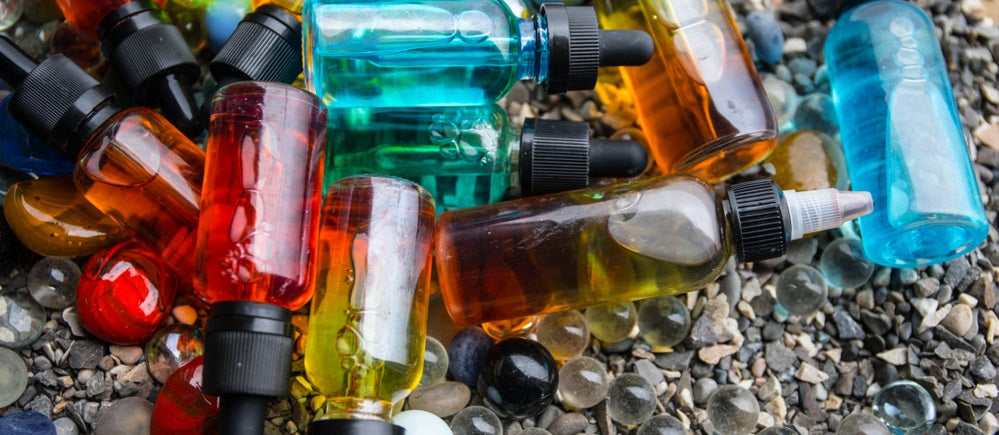A new way of smoking marijuana in America has been through vaporisers. In outlets across the country cannabis oils of varying strains have been sold in various forms, using the benefits of vaping over smoking to its advantage and bringing with it less harmful chemicals. This doesn’t mean that the new trend in the US isn’t without its drawbacks. Despite its discretion and obvious positives over its primitive predecessor, vaping cannabis requires a range of added ingredients. These vary from manufacturer to manufacturer but not all are without their harmful impact on health. The Medical Marijuana Research Institute conducted tests to find out what was really inside the oils.

How are the oils manufactured?
The oils in vapes are often mixed with thinning agents. Thinning agents make sure that the oils are viscous enough to vaporise within the electronic cigarette. The research by the Medical Marijuana Research Institute was originally into standard vape liquid used in non-marijuana vapes but once those were tested it was realised that the thinning agents used in cannabis oils had more in it than the everyday vape.
What thinning agents are used?
There are always going to be a few ingredients within vape liquidswhich keep the smooth taste and hit of the vape at full capacity. Although these are far less than the hundreds of components which make up smoked tobacco, the number is still more than the singular water vapour. Here are a few of the ingredients which are regularly used within vape products.
Propylene Glycol
Propylene glycol is a standard ingredient within vaping products. Its benefits are that it is water soluble, which is great for vaping as it can be infused with the flavours and is also non-toxic. On top of this Porpylene glycol is colourless and odourless making it the perfect mixing agent for oils.
Vegetable Glycerin
Vegetable Glycerin is the counterpart to Propylene Glycol in many ways. Both go hand in hand and the vegetable glycerine is usually optioned from plant and/or animal sources but can be created synthetically. The vegetable glycerine in e-liquids is part of the solution which is heated by the atomizer and produces the aerosol which delivers the vapour.
Polyethylene glycol
Polyethylene glycol 400 is another thinning agent which has a low molecular weight and is used in cannabis vape oils as an alternative to the other two mentioned in this post. The Medical Marijuana Research Institute has found out that the by-products left from heating up Polyethylene glycol or PEG 400 are considerably higher in formaldehyde content, a dangerous carcinogen to humans. There may be a risk therefore, of harmful exposure to this chemical.
Medium chain triglycerides
MCT’s are also used in cannabis vaping but don’t harness any negative effects compared to PG, VG and PEG 400. The medium chain fatty acids in trigylcerides are made up of a glycerol backbone and three different fatty acids, hence the suffix “tri” in the name. The medium chain triglyceride is made up of components often extracted from palm, kernel and coconut oil, making it affordable in terms of production and manufactured extensively across the United States and Europe.
Alternatives
Due to this new research, many vape companies are finding alternatives for vaping. This is also in part due to the unpleasant taste which these thinning agents can add when vaping cannabis oil. This has led to many companies turning to terpenes as an alternative thinning agent. These help to thin the oil whilst also improving the flavour and without any of the harmful effects of PEG 400.


